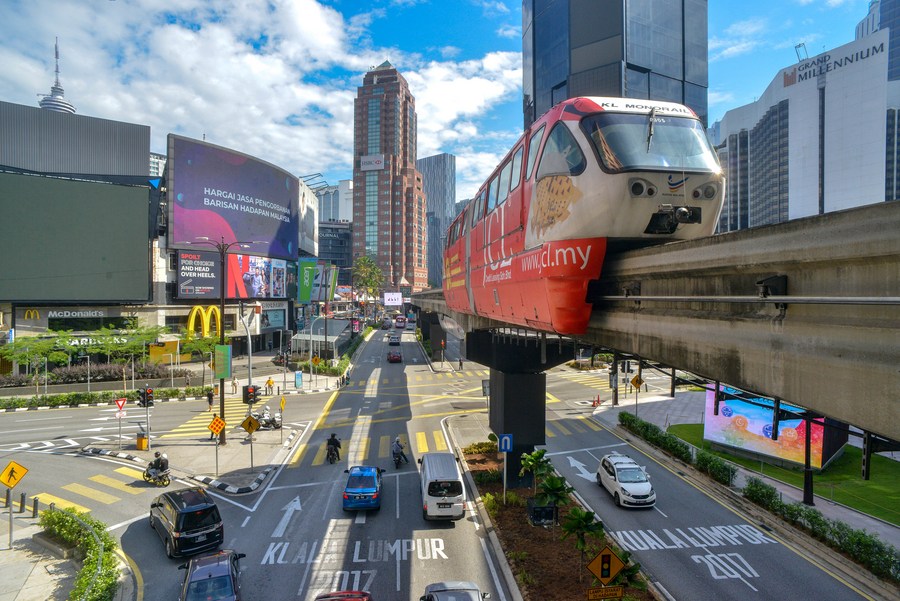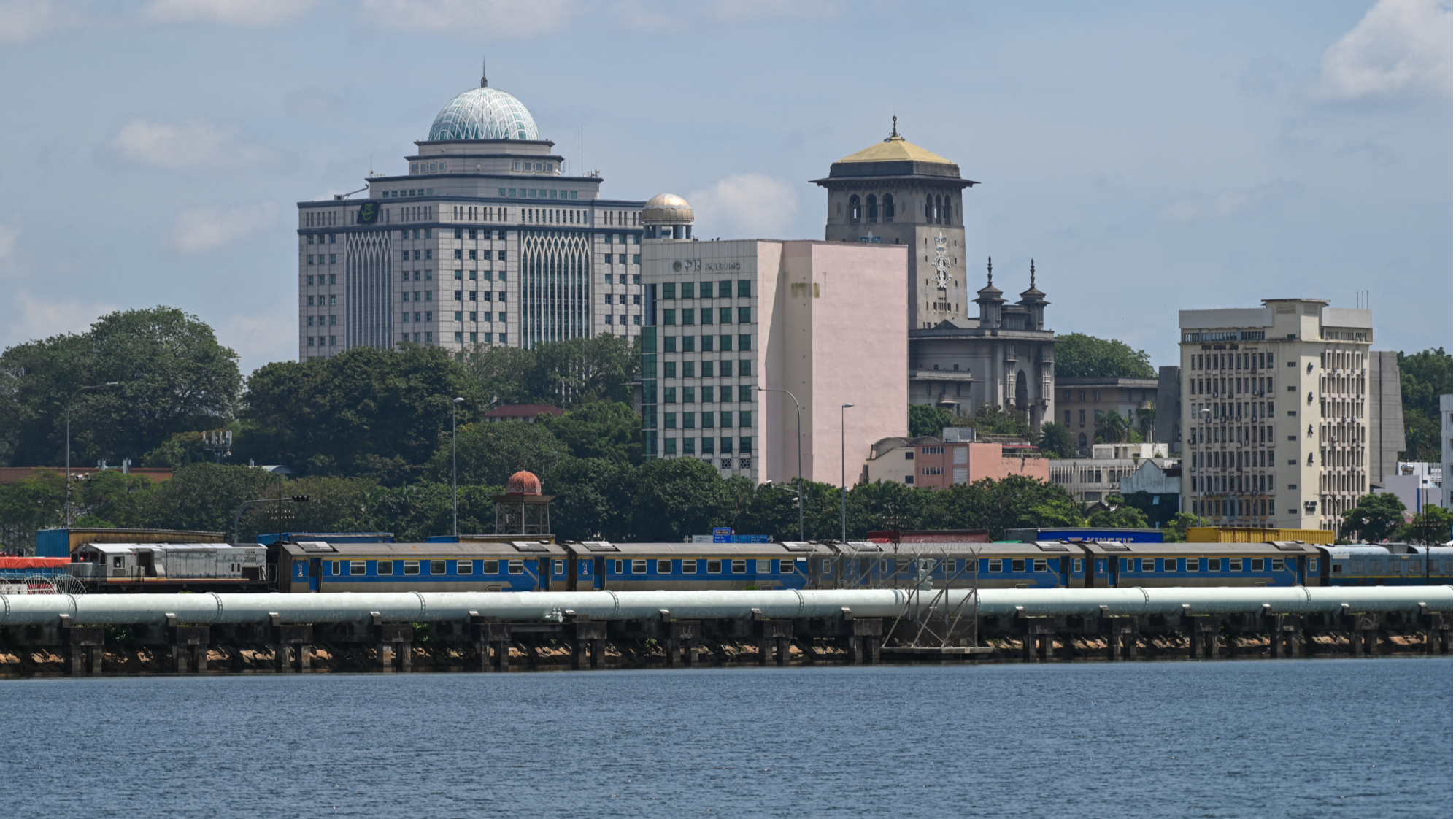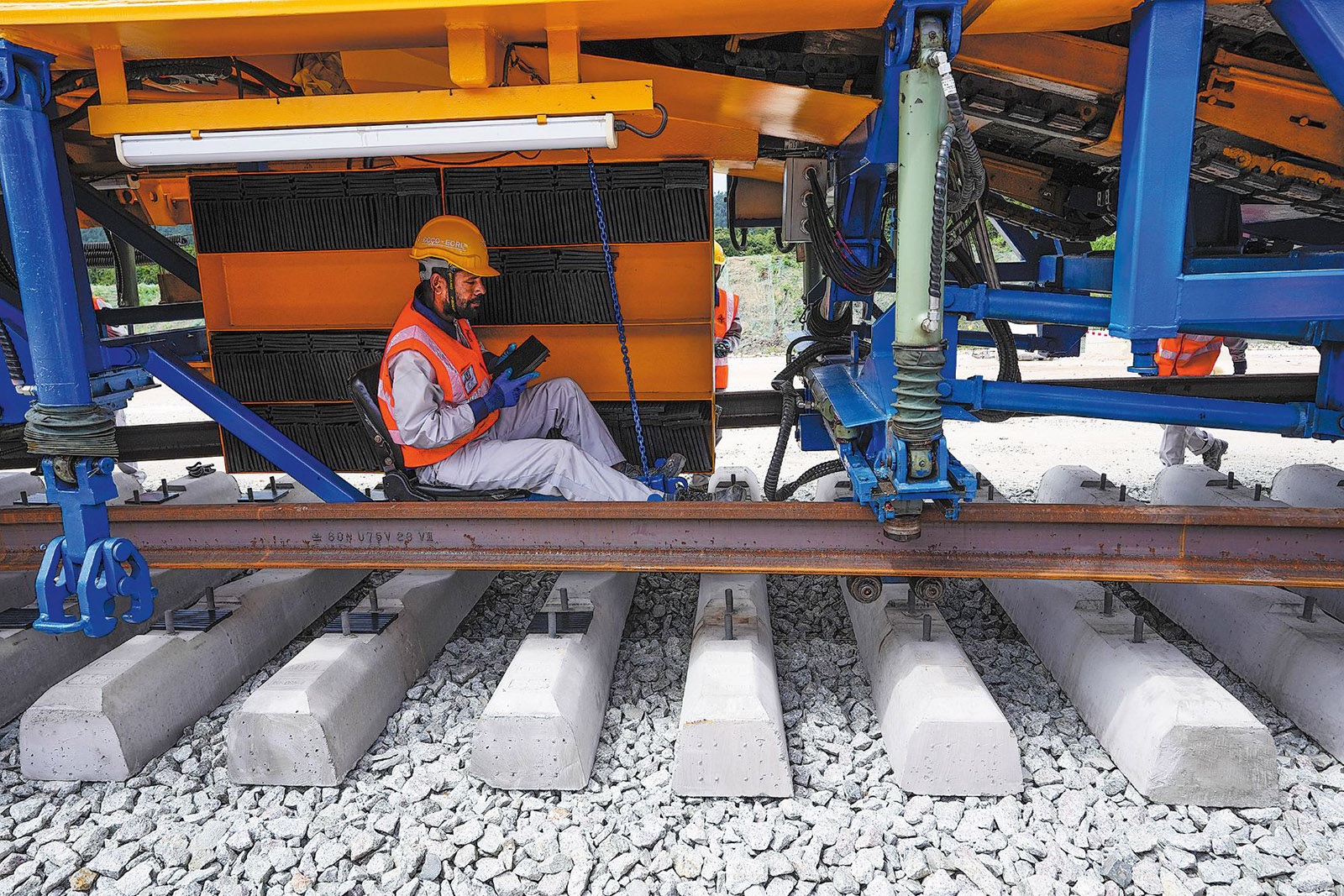Allure of train travel rediscovered in Southeast Asia

Editor's note: In this weekly feature China Daily gives voice to Asia and its people. The stories presented come mainly from the Asia News Network (ANN), of which China Daily is among its 20 leading titles.
At dawn in Alor Setar, the capital of Malaysia's northwestern Kedah State, bleary-eyed workers jostle for space in a packed carriage bound for Penang's factories.
It might look and feel like a scene from a busy urban metropolis in Kuala Lumpur, Singapore, Bangkok, Jakarta or London. But this is rush hour in one of the most rural states in Malaysia. And workers like technician Nuhairi Ismail are southbound, heading to Penang's industrial parks some 100 kilometers away on this intercity line.
It is 6:40 am on a Monday in August, and there is limited seating in the Keretapi Tanah Melayu, or KTM train, especially since some coaches have only standing room.
But Nuhairi, 47, who stays at a rented room near his workplace during weekdays, does not mind the rush. In fact, taking the train is an improvement from how he used to commute in 2022.
READ MORE: Malaysia acquires 62 train sets through $2.4b leasing deal with China
Previously, he would take a three-hour-long bus ride, which was often delayed due to traffic jams. The shorter, more reliable rail journey allows him to return home to Kuala Kedah on Fridays to spend weekends with his family, before repeating the journey on Monday mornings.
Likewise, many Malaysians have benefited from the 2015 launch of the Northern Shuttle service, which serves the more rural northern Malaysian states of Perlis, Kedah, Penang and Perak.
KTM, Malaysia's national rail operator, provides both intercity and local train services across Peninsular Malaysia. The Northern Shuttle is just one of the various rail arteries operated by KTM.
In fact, infrastructure and public connectivity are set to improve under the 13th Malaysia Plan (2026-30), which was announced in July.
Developments — such as the upcoming East Coast Rail Link, Johor Bahru — Singapore Rapid Transit System Link and Mutiara line — that will enhance the transport grid, boost economic growth and regional mobility are also on track.

Trend of revival
Neglected for some time in favor of planes and cars, Malaysia's trains are enjoying a quiet resurgence — drawing not only commuters heading to work, but also adventurers and nostalgia seekers who believe that the best part about travel is the journey on the open track.
Today, there is a sense that the country is seeing a rail revival. Among the recent rail efforts are KTM's express ETS, which drastically shortens the travel time between stations. The service currently runs from Padang Besar, near the Thai border, to Kluang town in Johor Bahru.
By the end of 2025, the ETS will expand southward into Johor Bahru, cutting travel time between Johor state's capital city and Malaysia's capital city, Kuala Lumpur, to around three and a half hours. This is half the current time taken on a KTM diesel train and comparable to a road journey via car or tour coach, but without the traffic congestion.
While riding the train to work is the best option for many commuters, KTM services also draw train buffs who enjoy rail travel and tourists seeking adventure, especially on the longer interstate routes.
Here, carriages wend their way past rice fields, rubber and oil palm plantations, and lush forest — minus the hassle of driving that involves myriad road tolls and traffic jams, or the bland monotony of a flying tube.
Kuala Lumpur-based Kamini Visvananthan, 41, was at Mentakab station in Pahang State, about to board a train to return home, having completed the iconic Jungle Railway route that winds through the dense tropical forest of the country's central interior.
"We see pockets of the culture of Malaysia in the little towns and how it aligns and weaves together," said the human rights worker, describing a visit to a durian plantation, a centuries-old temple and several colonial-era buildings that tell of the country's past.

Seeking improvements
KTM will also see improvements to its services, with 10.7 billion Malaysian ringgit ($2.55 million) set aside to bring in 62 new train sets from China by 2027. This will increase the frequency of train services and replace some of the older stock.
According to Malaysian Transport Minister Anthony Loke, the much-awaited electrified double-track from Gemas to Johor Bahru — increasing speeds and allowing for trains to pass each other along the line instead of only at stations — will be completed in time before the Chinese New Year in February 2026.
ALSO READ: Tourism pie
"The delay was mainly due to the pandemic, as there were issues in deploying workers and logistics due to lockdowns," he said.
The physical infrastructure is already complete, and the main challenge now is to complete the systems and signaling before a final acceptance test.
As transport connectivity improves nationwide in the coming years, more commuters are expected to take to rail travel, Loke said.


